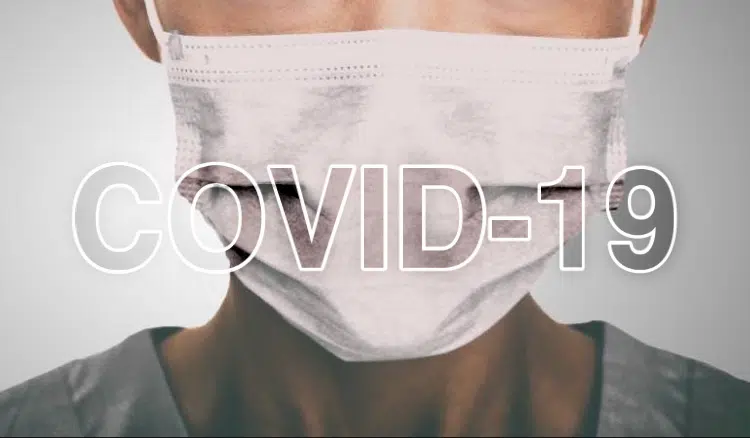CHICAGO — Dr. Ngozi Ezike with the Illinois Department of Public Health announced that Illinois saw the largest number of COVID-19 fatalities in a 24-hour period, with 176 deaths.
That brings the total number of state deaths to 2,838.
Ezike also announced 2,122 new cases of the virus, adding up to 65,962 total cases in Illinois.
With the cabin fever, Ezike said that it is still important to stay home.
“We all have a choice still to make,” Ezike said.
“There’s so much pressure for us to get back to normal, because we have all faced this unprecedented disruption to our lives.
“But the truth is, we’re still in a significant war with an enemy. If this was a traditional war where there were soldiers outside our doors in the streets, and people risking their lives to be outside their homes, no one would think about the need to go to work, about getting their dog groomed, or getting their car washed.”
She said it’s possible people have underestimated the power of the figurative enemy.
Gov. J.B. Pritzker was grim in his address, as well.
“Until we have a vaccine or an effective treatment or enough widespread immunity that new cases fail to materialize, the option to return to normalcy doesn’t exist,” he said.
Pritzker then rolled out “Restore Illinois,” a five-phase plan to reopen the state’s economy safely.
Illinois, in this plan, is broken up into four regions: Northeast, North-Central, Central, and Southern.
Phase one is “Rapid Spread,” in which stay-at-home and social distancing guidelines are in place. This phase has already been put into effect in all regions of the state.
The second phase, “Flattening,” consists of rate of infection and ICU beds in use tapering off, and non-essential businesses are allowed to reopen with curbside services. Pritzker said all regions of the state have experienced this to some degree so far, and this is where the state is as of Tuesday.
Phase three is “Recovery.” Businesses like barbershops, manufacturing, and retail may reopen in accordance with safety guidance, and face coverings become the norm.
“Revitalization” is the next phase. In this phase, gatherings of up to 50 people are allowed, restaurants and bars may reopen, travel resumes, and schools and child care also get back to in-person instruction.
Finally comes “Illinois Restored,” which Pritzker said can only be reached when a vaccine or other effective treatment becomes widely available. Conventions and festivals resume when this phase is reached.
Pritzker said IDPH will monitor data to determine when a region can progress through the phases.
He said a region must be at or under a 20% test positivity rate, and increasing by no more than 10 percentage points over a 14-day period, a region must have either not had an overall increase or must have maintained overall stability in hospital admissions for COVID-like illness over a 28-day period, and a region must maintain the availability of a surge threshold of 14% availability of ICU beds, medical and surgery beds, and ventilators.
May 1 marked the beginning of phase two, meaning May 29th is the earliest a region may move to phase three.
Pritzker said just as a region can move forward, it can also go backward if a surge occurs.




